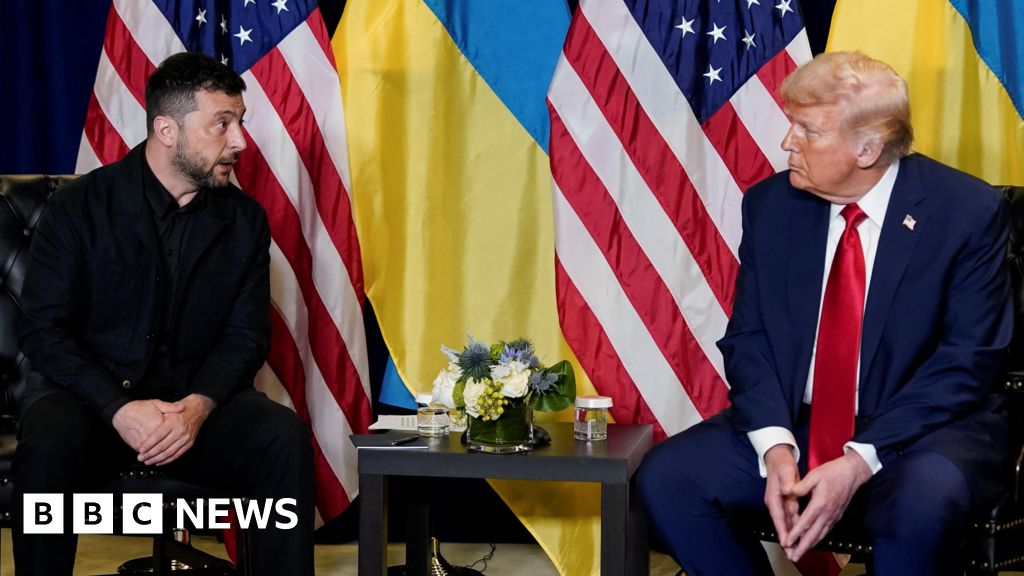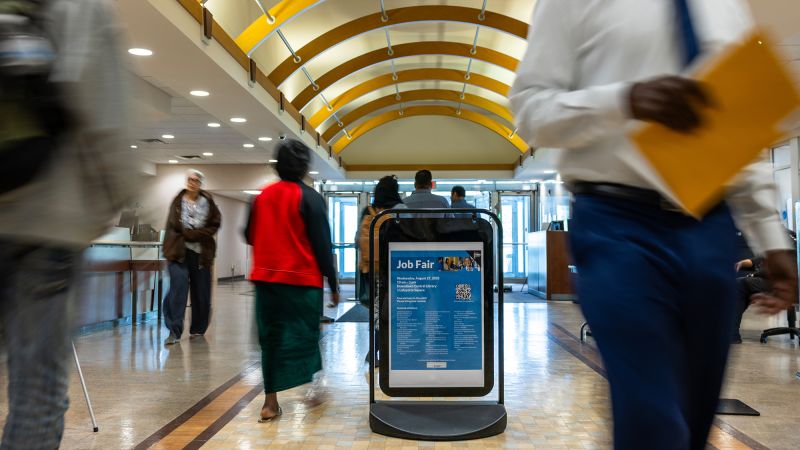Indian Officials Seek to Ease Access for Skilled Workers in the US

Introduction
In the wake of President Donald Trump's recent announcement to restrict H-1B visas, Indian officials are seeking to ease access for skilled workers in the US. This comes as a blow to many Indian workers who rely on these visas to work in the US, and the Indian government is now trying to negotiate with the US to ensure continued access for their workers.
Key Details
The H-1B visa program allows US companies to hire skilled workers from other countries, including India. However, with the recent restrictions, many Indian workers are now facing uncertainty about their future in the US. Indian officials are requesting that the US ease access for their skilled workers, as they believe it will benefit both countries.
Indian workers have been a vital part of the US economy, particularly in the technology sector. They have contributed to the growth and innovation of many US companies, and their absence would be deeply felt. This issue is not just about the Indian workers, but also the impact it will have on the US economy.
Impact
The current restrictions on H-1B visas could have far-reaching consequences for both India and the US. If access for Indian workers is not eased, it could result in a decrease in the number of Indian workers in the US, which could in turn affect the growth and innovation of many US companies. It could also strain
About the People Mentioned
Donald Trump
Donald John Trump, born June 14, 1946, in Queens, New York, is an American businessman, media personality, and politician. He graduated from the University of Pennsylvania’s Wharton School in 1968 with a degree in economics. In 1971, he took over his family’s real estate business, renaming it the Trump Organization, through which he expanded into building and managing skyscrapers, hotels, casinos, and golf courses. Trump gained widespread fame as the host of the reality TV show *The Apprentice* from 2004 to 2015, which helped establish his public persona as a successful entrepreneur. Trump entered politics as a Republican and was elected the 45th president of the United States, serving from 2017 to 2021. His presidency was marked by significant policy actions including tax cuts, deregulation, the appointment of three Supreme Court justices, renegotiation of trade agreements (notably replacing NAFTA with the USMCA), and a focus on immigration control including border wall expansion. He withdrew the U.S. from international agreements such as the Paris Climate Accord and the Iran nuclear deal, and engaged in a trade war with China. His administration’s response to the COVID-19 pandemic was criticized for downplaying the virus’s severity. Trump was impeached twice by the House of Representatives—first in 2019 for abuse of power and obstruction, and again in 2021 for incitement of insurrection—but was acquitted by the Senate both times. After losing the 2020 election to Joe Biden, Trump challenged the results, culminating in the January 6, 2021, Capitol riot. He remains a central figure in American politics, having won the 2024 presidential election and returned as the 47th president in 2025, continuing to promote policies aimed at economic growth, border security, and military strength[1][2][3][4].
About the Organizations Mentioned
Indian Government
The **Government of India** is the central authority governing the Republic of India, operating under a parliamentary system modeled on the British Westminster structure. It functions as a federal system with unitary features, composed of three branches: the executive, legislative, and judiciary, designed with checks and balances to prevent dominance by any single branch[1][2]. The **executive branch** is nominally led by the President, currently Droupadi Murmu (since 2022), who holds formal executive power. Real governing authority resides with the Prime Minister and the Council of Ministers, drawn from the ruling party or coalition and accountable to the lower house of Parliament (Lok Sabha). Key ministries include finance, defense, home affairs, and external affairs. The government operates through an integrated bureaucracy at both central and state levels[1][2][3]. The **legislative branch** is bicameral, consisting of the Lok Sabha (543 directly elected members) and the Rajya Sabha (245 members elected by state legislatures or nominated). The Parliament enacts laws, oversees the executive, and is central to India's democratic process[1][2]. Historically, since independence in 1947, the Government of India has overseen rapid economic development, social reforms, and technological advancements. Recently, it has actively pursued policies to boost economic resilience and innovation, as reflected in the Union Budget 2025, which emphasizes agricultural growth, rural prosperity, manufacturing, MSME support, energy security, and technology-driven reforms such as clean energy and digital infrastructure[4]. The government also encourages foreign direct investment, enhancing India’s global business appeal. Politically, the ruling Bharatiya Janata Party (BJP), led by Prime Minister Narendra Modi, continues to dominate, balancing coalition governance and regional demands while facing challenges related to fiscal policy and social reforms[5][7]. Notable aspects include India's emphasis on inclusive growth, regulatory modernization, and sustaining democratic governance amid evolving political dynamics
US Companies
## Overview of "US Companies" The term "US Companies" does not refer to a single, specific organization, but rather encompasses the vast landscape of businesses incorporated in the United States, spanning industries from technology and finance to manufacturing and retail. These companies are structured under a variety of legal forms—including sole proprietorships, partnerships, limited liability companies (LLCs), and corporations (C corps, S corps, benefit corps, and nonprofits)—each with distinct implications for ownership, liability, taxation, and governance[1][2][3]. Business formation and regulation occur at the state level, meaning requirements and protections can vary significantly across the country[3][6]. ## What US Companies Do US companies operate across every sector of the global economy, driving innovation, employment, and economic growth. They range from tech giants like Apple and Microsoft to multinational retailers such as Walmart and Amazon, as well as thousands of small and medium-sized enterprises that form the backbone of local economies[9]. These entities are responsible for developing new technologies, providing essential services, manufacturing goods, and competing in international markets. ## History and Evolution The history of US companies is intertwined with the nation’s economic development. The late 19th and early 20th centuries saw the rise of industrial corporations, while the late 20th and early 21st centuries have been marked by the dominance of technology and service-based firms. The legal framework has evolved to accommodate new business needs, with the LLC emerging in the 1970s as a flexible alternative to traditional corporations[1][3]. ## Key Achievements US companies have achieved global leadership in innovation, with Silicon Valley firms pioneering advancements in computing, the internet, and artificial intelligence. The US is home to many of the world’s largest companies by revenue, including those listed in the Fortune 500, which collectively generate trillions of dollars annually[9]. American businesses have also set standards in corporate governance, sustainability, and corporate social responsibility,









